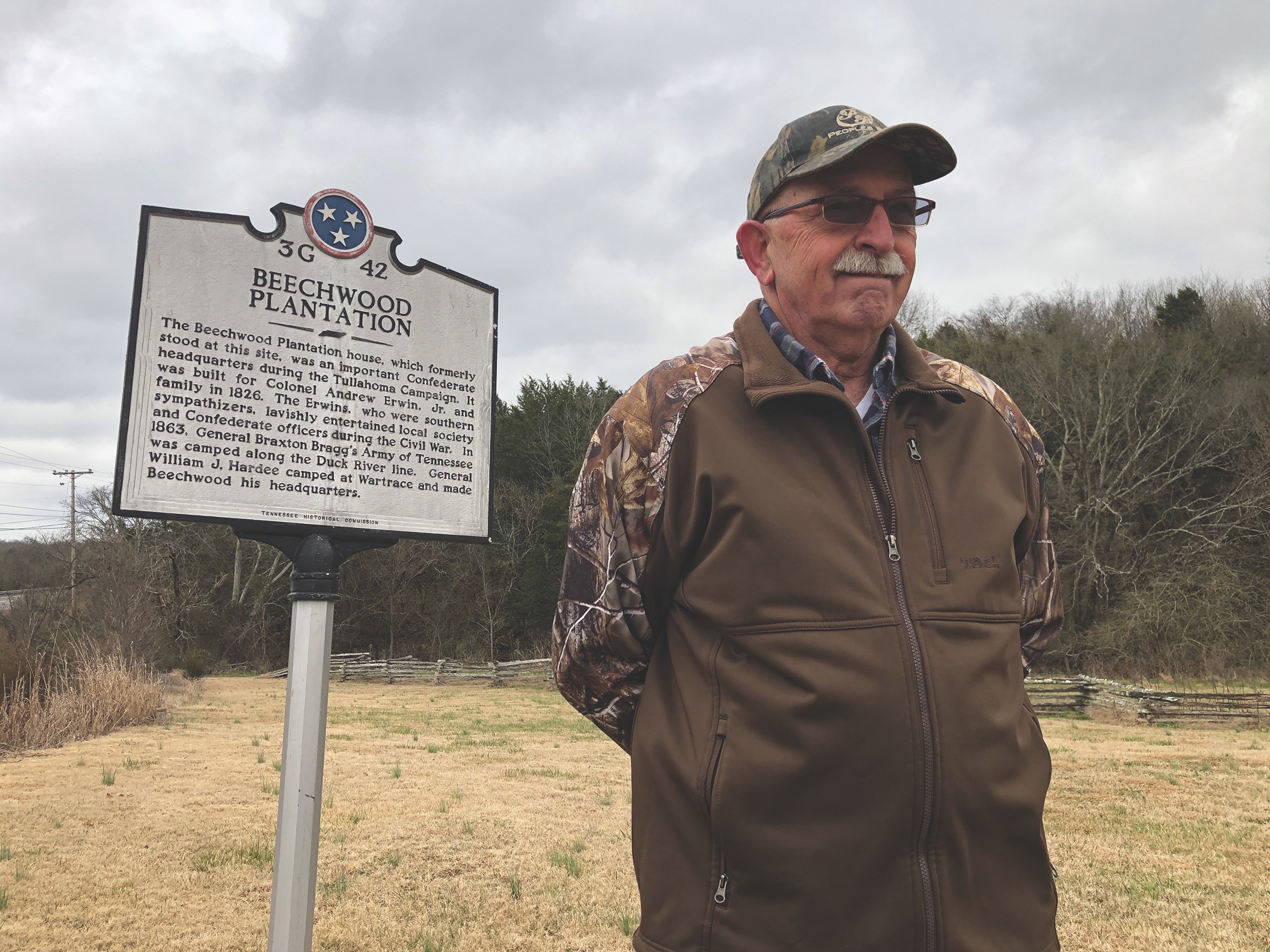Reminders of Patrick Cleburne are sprinkled throughout Tennessee—on battlefields at Chattanooga, Stones River, Spring Hill, and Franklin; in Ashwood, where his remains once rested among the oaks and magnolias; and in Nashville, where today you can examine for yourself a poignant artifact associated with the Irish-born general’s death.
But I begin my journey on the trail of “The Stonewall of the West” in aptly named Wartrace (population 700), “The Cradle of the Tennessee Walking Horse,” and according to a town source, a center of paranormal activity. My guide is 73-year-old Philip Gentry, a retired AT&T project manager, Vietnam War Purple Heart
recipient, former gold panner, and longtime curator of the town’s Tennessee Walking Horse National Museum. (He poo-poos that ghost stuff.)
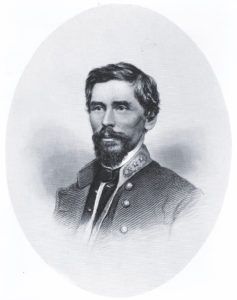
Gentry lives with his wife, Laura, and a black Lab/German Shepherd mix named Alexander the Great in a large house on a hill about a mile outside of town. After the Battle of Stones River, Confederate Lt. Gen. William Hardee established his headquarters and camps at Andrew Erwin’s Beechwood Plantation—Gentry owns a 67-acre slice of what once was the Southern sympathizer’s massive property.
British Army Lt. Col. Sir Arthur James Lyon Fremantle, who visited with Hardee at the plantation, described the area in May 1863 as “beautiful country, green, undulating, full of magnificent trees, principally beeches, and the scenery was by far the finest I had seen in America as yet.”
The Erwins’ brick mansion, where the family often entertained Confederate officers, is long gone. (Gentry’s house rests on its old footprint.) But Cleburne, who commanded a division in Braxton Bragg’s Army of Tennessee, undoubtedly roamed the grounds, my guide tells me. The Irishman, of course, was always in the thick of the action: “In the advance from Tullahoma to Wartrace, and the subsequent retirement of the army to Chattanooga,” Hardee wrote, “his division habitually formed the vanguard in advance and the rearguard in retreat.”
The view from Gentry’s house is impressive on this gray, overcast morning—the surrounding hills look like a tan, wool blanket haphazardly tossed on the ground. To our left, Gentry can see at night the lights of Murfreesboro, where Cleburne led his division against Phil Sheridan at Stones River. A click to the right, roughly 10 miles away near Bell Buckle, he sent forces to fend off Federals at Liberty Gap during the June 1863 Tullahoma Campaign.
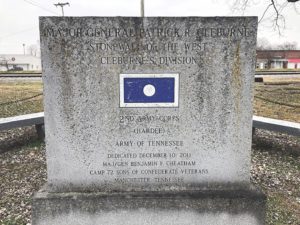
Yards from a two-lane road outside town, Gentry and I stand near the Beechwood Plantation state historical marker—he researched and wrote the words for the sign; paid for it, too. “I’m not really a history buff,” says the East Tennessee native, “but things that are meaningful need to be recognized.”
Gentry points to a tree-lined ridge below his house. The remains of war-time trenches are back there, he says, and that’s where his brother-in-law, a relic hunter, found Confederate buckles. Bullets and other war artifacts also have turned up on his property.
Gentry’s place may not be the only Wartrace spot with a Cleburne tie. The local Chamber of Commerce website touts the historic Chockley Inn—opposite the railroad tracks—as a meeting place for the general and other Confederate officers. Visitors from as far away as Ireland have come to see the rickety old place, now the residence of a woman named Blossom. But its Cleburne connection, well, that merits more scrutiny—just like those Wartrace ghost stories.
The view of Franklin from Winstead Hill—the jump-off point for Cleburne’s Division and thousands more soldiers in General John Bell Hood’s Army of Tennessee—was spectacular on November 30, 1864. Roughly two miles away, the Union Army awaited behind crude earthworks near Fountain Carter’s house and outbuildings.
Now the scene is largely blocked by a stand of trees. It’s just as well, because the bloody plain upon which Cleburne and hundreds of other Confederate soldiers advanced to their deaths is clogged with fast-food restaurants, retail stores, and residential neighborhoods. Progress? Meh.
On the east side of Columbia Pike, about 40 yards from Federal works, Cleburne—on foot after two of his mounts were shot from under him—was killed by a shot to the chest. A modern memorial of cannonballs marks the general area of his death—until a remarkable early-21st century battlefield reclamation effort by preservation groups, the ground was occupied by a pizza restaurant.
At the small Carter House State Historic Site visitors’ center, Cleburne fan Carrie Craddock serves as a tour guide. Decades ago, her “daddy,” a contractor, worked at a Victorian-era house on the site near Carter’s long-gone cotton gin—scene of savage fighting.
When Craddock was a preteen, she followed him as he tilled a garden there: “We’d find grapeshot left and right,” she tells me. On one occasion, Craddock heard a clunk as Dad was tilling, “and there was a 12-pounder”—an artillery shell. At home, she has a can filled with canister found on the battlefield.
“If I’d find anything today [on the battlefield],” Craddock says, “I’d be squealing, because I have a deeper appreciation for it now.”
Years ago, Craddock’s husband was part of a Civil War reenactment group that went to Ireland, marched in the
St. Patrick’s Day parade in Dublin on Cleburne’s birthday, and even saw the room in which the general was born in 1828 in Ovens, County Cork.
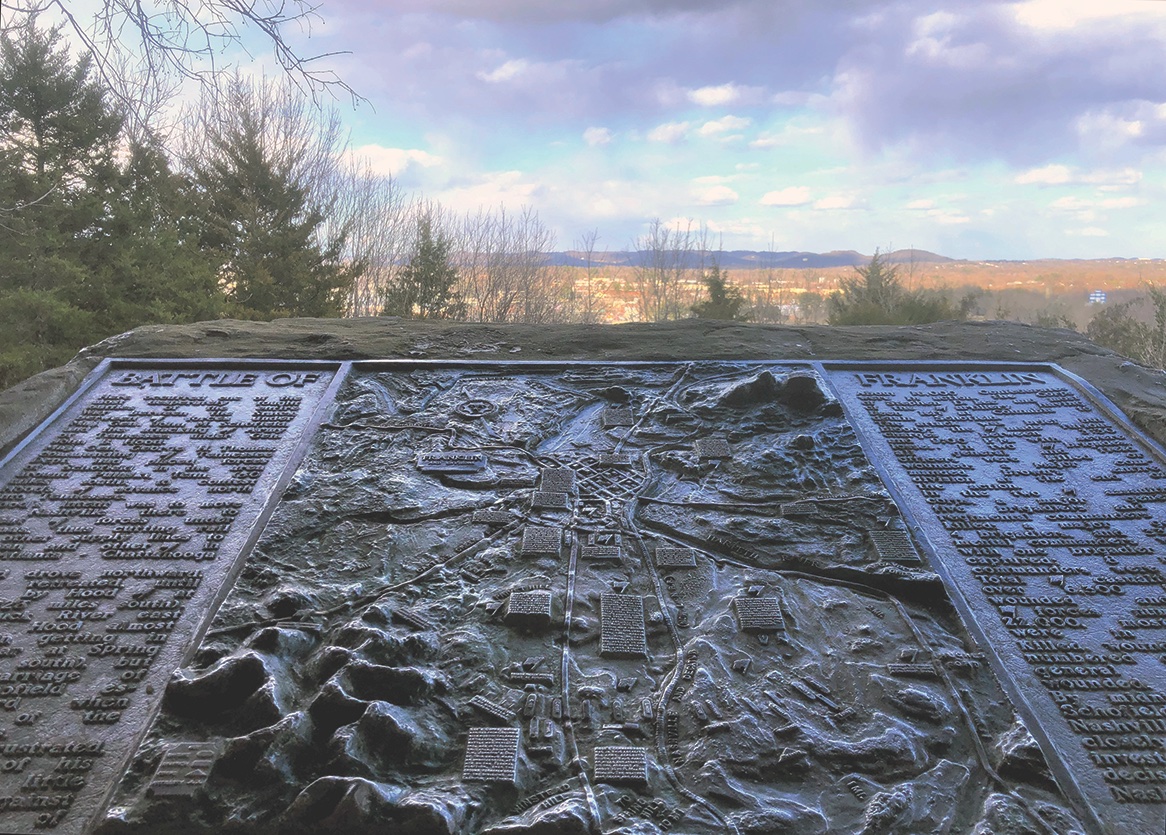
“Beware of the snakes,” a Civil War confidant warns me before a visit to St. John’s Episcopal Church Cemetery in rural Ashwood, site of Cleburne’s second Tennessee burial.
The 36-year-old general’s remains originally were buried at Rose Hill Cemetery in nearby Columbia. But a Confederate chaplain and an officer were aghast upon discovering Union troops were buried in the same section. So, Cleburne was dug up the next day and reburied in a handsome walnut coffin behind St. John’s Church, completed with slave labor by the summer of 1842. (It was used by Confederates as a hospital during fierce skirmishing in the area.)
On the march toward Franklin with the Army of Tennessee, Cleburne famously remarked about the beauty of the spot, which may have reminded him of his native Ireland. A comrade of the general’s later described the cemetery as “beautiful as the Garden of Eden—seemingly a fit place for pure spirits to dwell, and for the haunts of angels.”
Thankfully, the grounds weren’t the haunt of snakes—at least on this day. But the drone of traffic on busy Mount Pleasant Pike nearby is a Civil War buzz kill. Cleburne’s resting place was behind the gorgeous, brick church, among gravesites for Confederate fallen.

In late April 1870, a delegation from Arkansas arrived at St. John’s Cemetery for the disinterment of the general’s body for reburial in his adopted state. Confederate Generals Otho Strahl and Hiram Granbury—Battle of Franklin victims, too—also were interred at the cemetery before they also were removed and reburied elsewhere.
On April 28, while en route to Helena, Ark., Cleburne’s hometown, the group stopped at the train depot in Memphis for a procession through the city with his remains. Among the huge White turnout was Jefferson Davis, former president of the Confederacy.
“The whole history of the past ten years,” wrote a newspaper reporter who was there, “ran like a flash of lightning over Mr. Davis’ expressive face. There was an intensity of feeling and thought written upon the strongly marked lineaments of his eloquent features that unfolded the profoundest emotions.” The procession through Memphis for “Arkansas’ greatest soldier” was called “perhaps the finest ever witnessed in the city.”
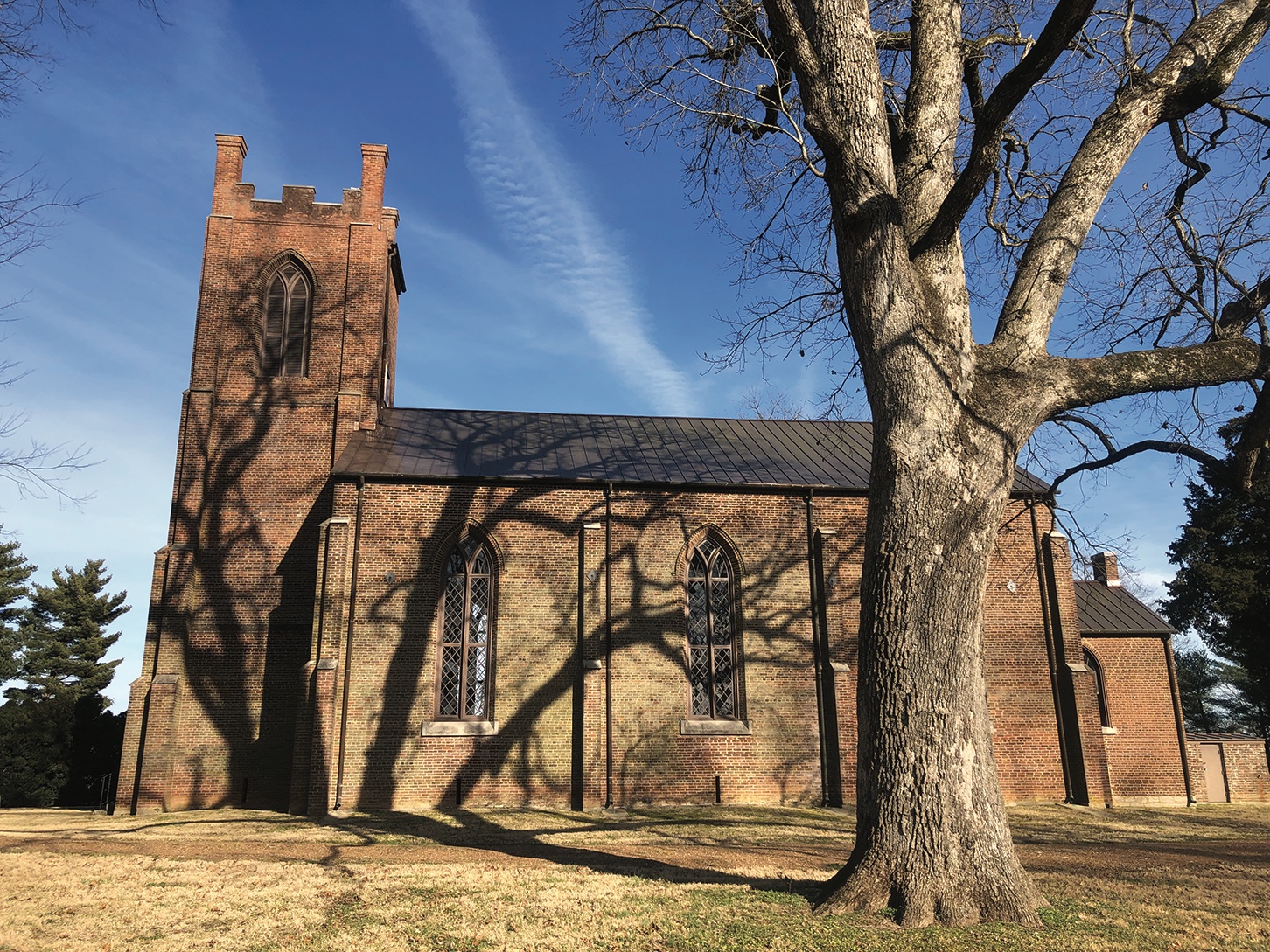
Like Philip Gentry, Richard White—curator of 18th- and 19th-century history at Nashville’s Tennessee State Museum—doesn’t buy into the “ghost stuff.” But the man in charge of the museum’s excellent Civil War display does feel the weight of history when he handles a relic such as Cleburne’s kepi.
“Some museum professionals are stoic about their work,” says White, obsessed with Civil War history since he was eight. “But I geek out over this.” He last handled Cleburne’s military hat four years ago, shortly before it was displayed with other Battle of Franklin artifacts—including Cleburne’s cane with a knob in the shape of a dog head.
My first reaction when I saw it? Whoa, that’s impressive. Reaction No. 2: Sheesh, Cleburne sure had a small head. The blue kepi, trimmed with gold braid, might be size 6 ¾, a 6 7⁄8 max. In 2014, the museum had the kepi—then in a dismal state—conserved. The Sons of Confederate Veterans and The Society of the Order of the Southern Cross raised $3,800 to cover the cost.
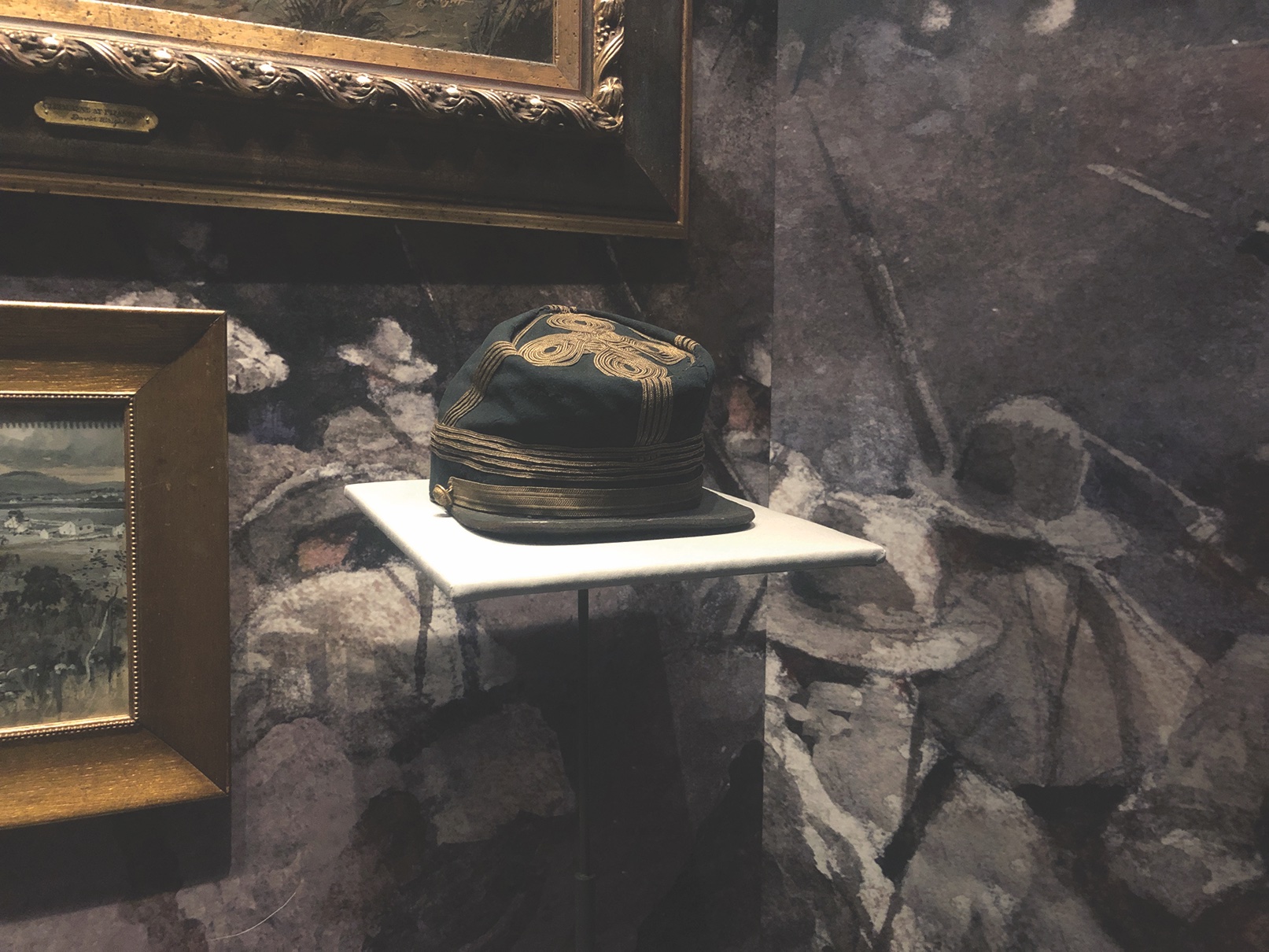
How the museum acquired the hat is one of those “you gotta be kidding me” stories. At about dawn the day after the battle, Confederate soldiers discovered Cleburne amid their other dead—he was flat on his back “as if asleep,” a veteran recalled after the war, the kepi partially covering his eyes. His remains were taken by wagon to the McGavock family’s Carnton Plantation mansion, accompanied by the hat as well as the general’s watch and sword. Carrie McGavock put away the sword and kepi for safekeeping. Later, she hid both between her mattress and bed to keep them from Union troops.
In 1887, the McGavock family donated the kepi to the Tennessee Historical Society, whose collection is held in trust by the state museum. As for the sword and watch, well, the whereabouts are unknown. White especially would like to find the weapon. “Are you kidding?” he says.
Keep your eyes peeled.
John Banks is the author of two Civil War books and his popular Civil War blog (john-banks.blogspot.com). He lives in Nashville, Tenn.

